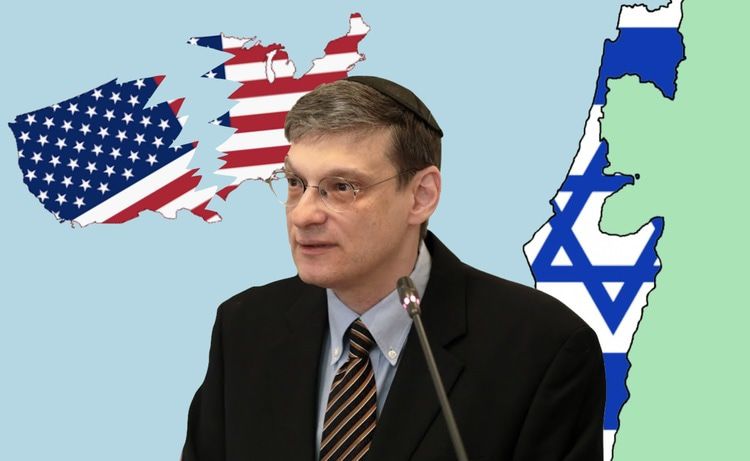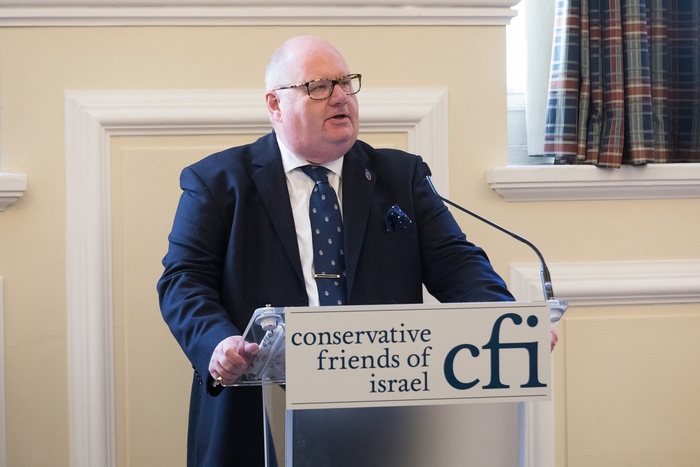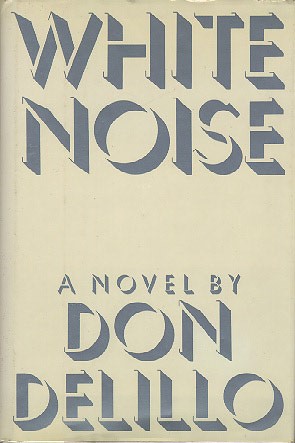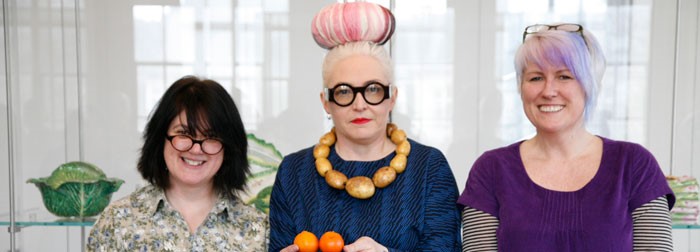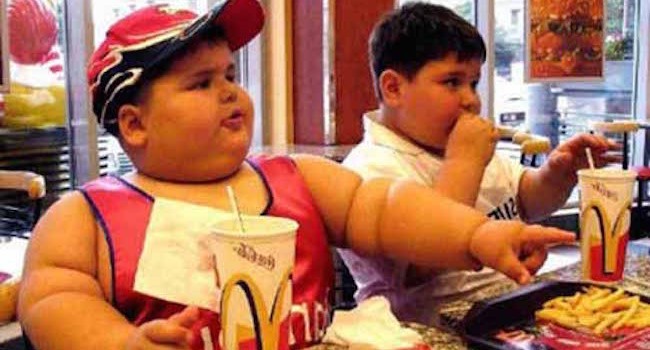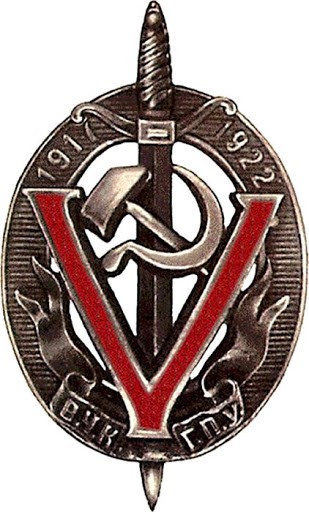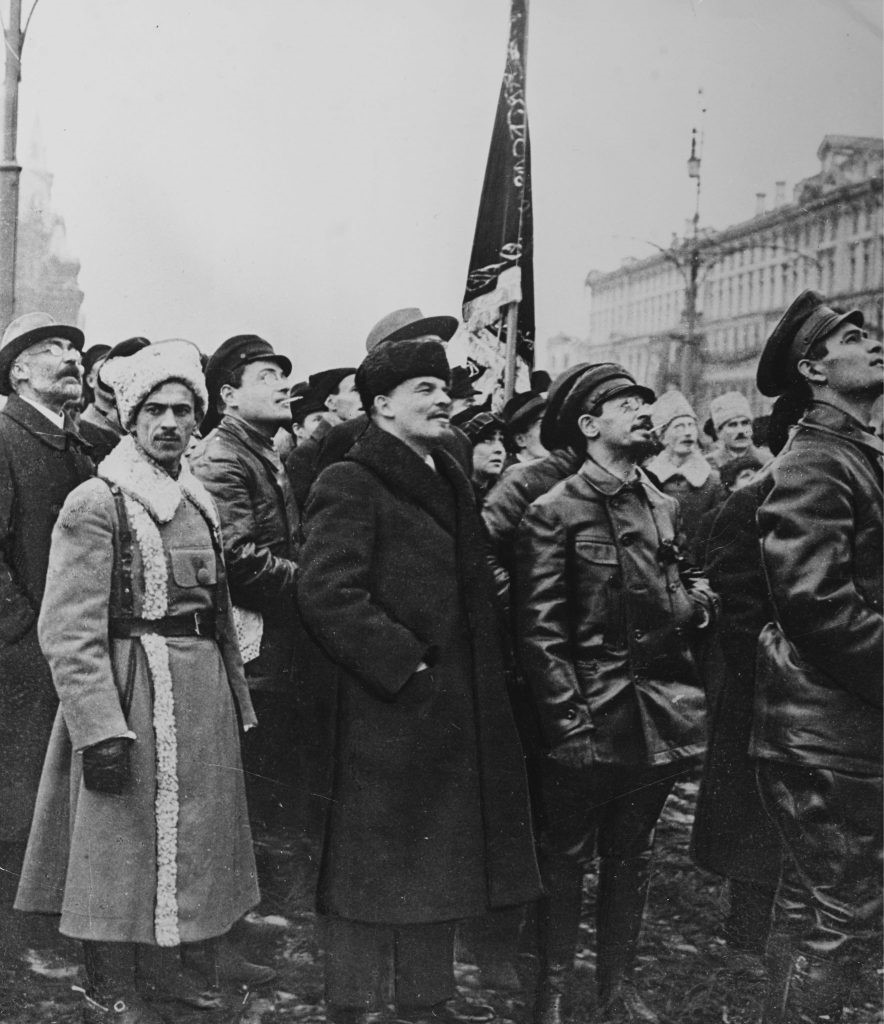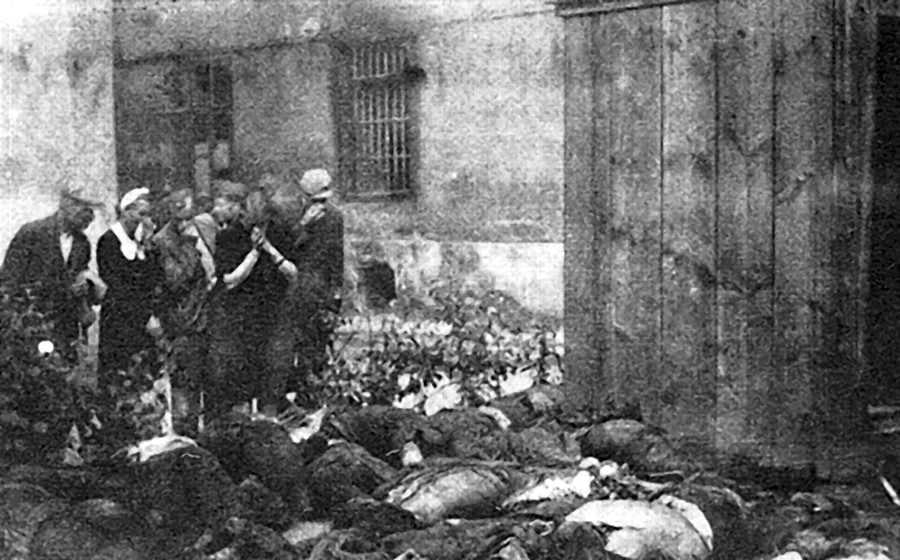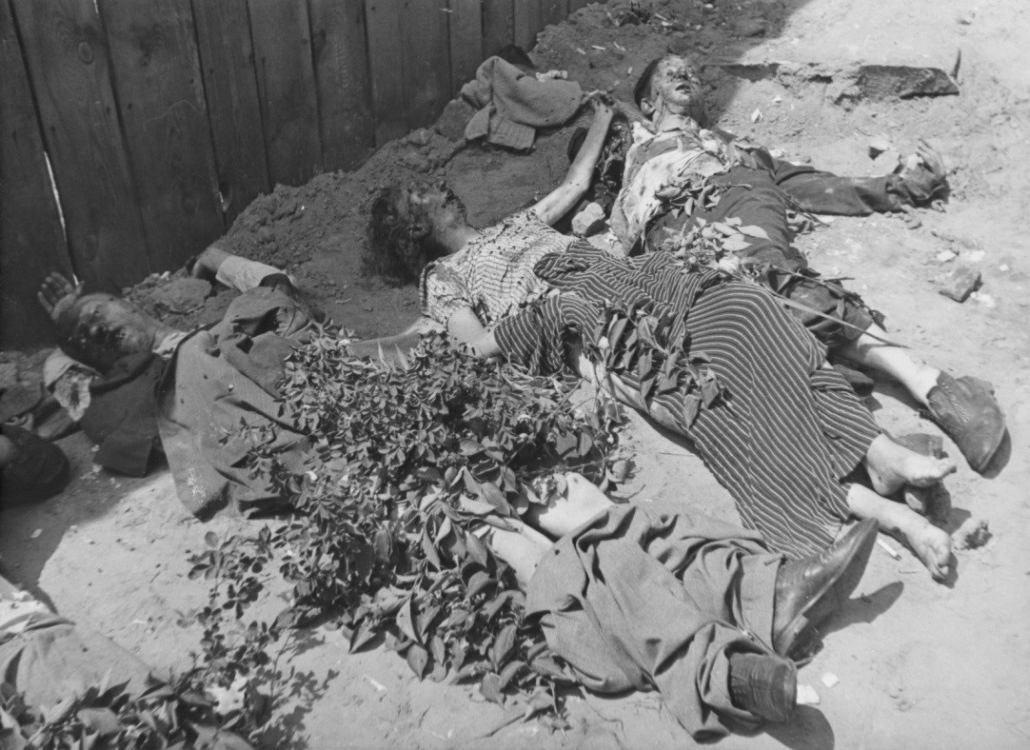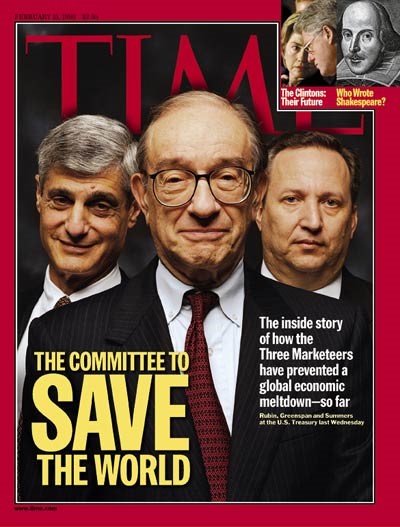Mark Rothko, Abstract Expressionism, and the Decline of Western Art, Part 1
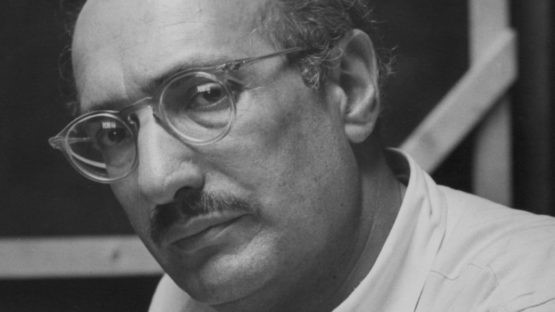
Mark Rothko
The life and career of Abstract Expressionist painter Mark Rothko is a prototypical Jewish story that encapsulates a range of themes discussed at The Occidental Observer. Central to Rothko’s story is the political radicalism of Eastern European Jewish migrants arriving in the United States between 1880 and 1920; the reflexive hostility of these migrants to the traditional people and culture of their new homeland, and how this hostility was reflected in the artistic and intellectual currents that came to dominate Western societies in the twentieth century. Rothko’s story also exemplifies other familiar themes including: the power of Jewish ethnic networking and nepotism in promoting Jewish interests (both individual and collective), and the tendency for Jewish “genius” to be constructed by Jewish intellectuals as self-appointed gatekeepers of Western culture.
With Jackson Pollock, Mark Rothko has been accorded a leading place in the ranks of the Abstract Expressionists. If there is such a thing as a cult artist among the liberal Jewish intelligentsia, then Rothko is probably it. Important people stand in grave silence before his empty expanses with looks on their faces that bespeak lofty thoughts. As a critic for The Times noted:
Rothko evokes all that could be criticized as most pretentious, most clannish, most pseudish about his spectators. They stand there gravely perusing something that to the outsider probably looks more like a patch of half-stripped wallpaper than a picture and then declare themselves profoundly moved. And many outsiders will start to wonder if they are being duped, if this Modernist emperor actually has no clothes on and his fans are just the blind followers of some aesthetic faith.[1]
For critics like Ottmann, Rothko’s genius is indisputable and he possessed an “extraordinary talent” that enabled him to transfer his metaphysical “impulses to the canvas with a power and magnetism that stuns viewers of his work. … In fact Rothko’s skill in achieving this result — whether intentional or not — perhaps explains why he was once called ‘the melancholic rabbi.’”[2] For prominent Jewish art historian Simon Schama, Rothko’s “big vertical canvasses of contrasting bars of colour, panels of colour stacked up on top of each other” qualify him as “a maker of paintings as powerful and complicated as anything by his two gods — Rembrandt and Turner.” For the ethnocentric Schama, “these [Rothko’s] paintings are equivalent of these old masters. … Can art ever be more complete, more powerful? I don’t think so.”[3]
After experimenting with Expressionism and Surrealism, Rothko finally arrived in 1949 at the style that would typify his work until his death by suicide in 1970 at the age of 66. This consisted of two or three floating rectangles of color painted against a monochrome background. A pioneer of what the Jewish art critic Clement Greenberg christened “color field” painting, Rothko claimed that only abstract painting could express the “full gravity of religious yearnings and the angst of the human condition.” He intended their effect to be transcendental with his stated goal being “only in expressing basic human emotions—tragedy, ecstasy, doom, and so on.” Rothko claimed that “a lot of people break down and cry when confronted with my pictures” which showed they were “having the same religious experience I had when I painted them.” His final works became so minimalistic (large black canvasses) as to be almost void of any substance.

Mark Rothko’s No. 6 (Violet, Green and Red) which sold for $186 million in 2014
In the twenty-first century, the sale prices of Rothko’s paintings at auction have risen consistently, surpassing those of his Abstract Expressionist colleagues, to reach staggering sums in the vicinity of $200 million. In 2011, Mark Rothko became the main character in Red, a successful Broadway play that treated him as a unique genius and won six Tony Awards.[4] Rothko would have approved of the portrayal: Elaine de Kooning once noted how he was “hypnotized by his own role, and there was just one. The role was that of the Messiah.”[5]
The making of Mark Rothko
Born in 1903, Marcus Rothkowitz was the youngest child of pharmacist, Jacob Rothkowitz, and his wife, Anna Goldin Rothkowitz, in the Russian city of Dvinsk (today Daugavpils, Latvia). Dvinsk, at the time in the Jewish Pale of Settlement, was a hotbed of Jewish radicalism. The Pale was then inhabited by five million Jews confined there by the Tsar at a time when thousands of Polish Jews were crossing the border into Russia seeking work. Rothko’s father was the stereotype of the leftwing Jewish intellectual, who presided over a family with an “intense commitment to politics and education.”[6] He initially preferred secular education for his children, and political over religious involvement. According to Rothko, his father’s relation to formal religion was openly oppositional: “My father was a militant social democrat of the Jewish party, the Bund, which was the social democracy of that time. He was profoundly Marxist and violently anti-religious.”[7]
That this was chiefly an anti-Christian, rather than anti-religious, impulse is revealed by the fact he returned to the Orthodox Jewish fold after Marcus’s birth in response to anti-Jewish violence which followed the failed Revolution of 1905. While no “pogroms” were ever visited on the Jews of Dvinsk, the town witnessed occasional incidents where Jews were targeted as sympathizers of the Social Democratic and other revolutionary parties. In 1905, according to Baal-Teshuva, the young Rothko’s “hometown was under the blanket surveillance of the Tsarist secret police. Jews were the usual victims of reprisals whenever the Cossacks, the loyal followers of the Tsarist state, came into the town to break up revolutionary uprisings.” Jews living in the environs of Dvinsk “lived in constant terror of pogroms and massacres. The air was filled with slogans like ‘Kill the Jews to Save Russia.’ This was the atmosphere in which Rothko grew up.”[8]
Despite the fact no pogroms occurred in Dvinsk, Rothko claimed to “remember the local Cossacks indulging in their favorite activity — beating up Jews.” He repeatedly told “likely embellished stories that he would wear a backpack to avoid getting hit by the stones the children of Dvinsk threw at him in the streets,” and that a Cossack who had come to repress demonstrations in the city had “struck him in the face with a whip.”[9]
Rothko later even claimed to recall “dug-up pits in the forests around Dvinsk, where the Cossacks buried Jewish victims they had kidnapped and murdered. These images always plagued him mentally, and he says they exercised a certain influence on his painting.”[10] Baal-Teshuva forgives Rothko these obvious untruths, contending it’s likely “that the child heard adults talking about the pogroms and massacres elsewhere, and in his memory ended up mixing up these stories with his own memories of the nearby woods.”[11] Acknowledging that some critics have happily run with these falsehoods, he observes how they have “gone so far as to say this explains his preference for rectangular forms in his late works, as a formal echo of the grave.”[12]
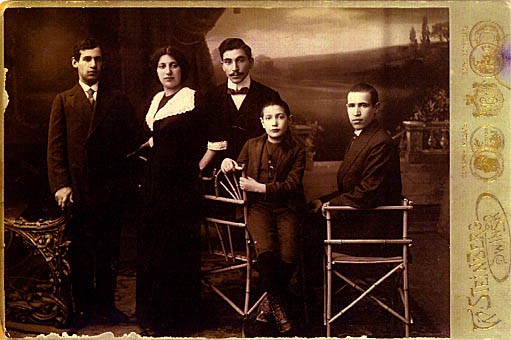
Rothkowitz family portrait in Dvinsk 1912 (Marcus second from the right)
In response to the economic and political insecurities of life in the Pale, Marcus’s father migrated to the United States in 1910. Only in 1913, when Marcus was ten years old, did the rest of the family move to America. Despite the supposed hazards of life in the Pale, Rothko “referred often to the ‘terrible experience’ of having been torn away from his homeland against his will.”[13] It was certainly not the gentile culture of America that attracted the waves of Jewish migrants from Eastern Europe, but only the relatively advantageous conditions created by American economic growth. “They came to America’s shores,” notes Muller, “motivated not by religion but in spite of it, their more orthodox leaders being inclined to warn them against the dangers of godless and goyish America.”[14] A massive influx of 2.3 million Jews arrived at Ellis Island between 1881 and 1920.
The Rothkowitz family spoke Hebrew, Russian and Yiddish and therefore fit well into their new surroundings. South Portland in Oregon where they settled (which was dubbed “Little Odessa”), provided an environment “very much as we think of a shtetl” where one could go for years “speaking Yiddish, Russian, or Polish without having to learn a word of English.”[15] Beginning in Dvinsk and then in Portland, his father decided Marcus would have a strict religious education. He was sent to a cheder, the religious school run by a synagogue, starting at the age of five, and was subject to a strict and tiring routine: praying, reading and translation of Hebrew texts, and rote memorization of Talmudic law.[16]
Rothko’s parents saw no contradiction in bringing up their son as an Orthodox Jew, a Zionist, and a Communist. This is quite in keeping with Kevin MacDonald’s observation that “within Russian Jewish communities, the acceptance of radical political ideology often coexisted with messianic forms of Zionism as well as intense commitment to Jewish nationalism and religious and cultural separatism, and many individuals held various and often rapidly changing combinations of these ideas.”[17]
After the family had achieved a degree of economic security in Portland, they joined local chapters of radical movements. Marcus avidly participated in discussions on current affairs and argued “skilfully for the right of workers to strike, or for general access to contraception. His entire family was in favour of the Russian Revolution, as Rothko later said.”[18] This was, of course, very typical, with Jewish historian Norman Cantor noting how “In the first half of the twentieth century, Marxist-Leninist communism ran like an electromagnetic lightning flash through Jewish societies from Moscow to Western Europe, the United States and Canada, gaining the lifelong adherence of brilliant, passionately dedicated Jewish men and women.”[19]
Another “Jewish Genius” Gets Stung by the WASPS
Rothko was, according to Schama, very much one of these brilliant Jewish men who, despite his Orthodox Jewish education, was “no Jewish Trappist, but a much more recognizable type (at least to me): loquacious, exuberant, hot-tempered, deeply immersed in literature and history.” While the Orthodox Judaism in which Rothko was schooled was not directly expressed in his later art, Schama insists that “once you’ve done cheder — Hebrew school — it never really goes away, however much you try to banish it; nor did it for Marcus. He was what everyone would call, with smiles, both admiring and pitying, a chocom — a know-it-all. And what do chochoms do if they weren’t going to be rabbis?”[20] He was, Schama insists, “just your super-educated, ungainly, sentimental Jew. In the grip of mighty ideas, he was desperate to tell you all about them, fidgeting on the sofa and waving his arms all around. A big heart and a big mouth to match — you know the type.”[21]
After his Orthodox Jewish education, Rothko, at the age of fourteen, attended Lincoln High School in Portland where “he finally experienced his first true encounter with the non-Jewish world, as only 10 percent of the nine hundred students were Jewish.” There he excelled academically and was a passionate debater for the radical cause. Cohen-Solal admires the way “the diligent student from Lincoln High grew into a passionate young intellectual” who “bluntly decided to confront tradition.”[22] Around this time he went to hear “‘Red’ Emma Goldman lay into capitalism and sing the praises of the Russian Revolution.”[23] Despite his avowed support for the Bolshevik Revolution, Rothko resented the fact that anyone at Lincoln High School who “had a name ending in ‘off’ or ‘ski’ is taboo and branded a Bolshevik.” He and his Jewish friends also begrudged the “control over student organizations exercised by the White Anglo-Saxon Protestant youngsters.”[24]
Rothko was passionately drawn to the IWW (Industrial Workers of the World) and Emma Goldman at a time of rising ethnocentrism and growing hostility to Jewish immigration among White Americans. In 1915, the Ku Klux Klan, inactive since the Reconstruction era, revived in the South, and in 1916, Madison Grant defended his racial history theory in The Passing of the Great Race. Rothko saw disturbing parallels between the respective goyim of his old and new countries, especially at the time of Leo Frank’s lynching in 1915, when he observed in a poem that:
Those primitive barbarous people,
They live again in my blood,
And I feel myself bound to the past
By invisible chains.[25]
American entry into World War One in 1917 inspired nationalist demonstrations among Americans who believed their country had no interest in the conflict. The majority of them also, as mentioned, opposed mass immigration, and Congress passed three successive, highly restrictive, immigration laws: the Immigration Act of 1917, which introduced a literacy test; the Emergency Quota Act of 1921; and the National Origins Act of 1924. Such laws were deeply distressing to Jews like Rothko who wanted the country kept open to mass Jewish immigration.
Schama tells us that Rothko was “scholarship material, and won a place at Yale [in 1921] before the Ivy League decided they were about to be inundated by clever Jews and imposed admission quotas.” Despite his admission to Yale, “Rothko felt the sting of the WASPS all the same. If they couldn’t actually evict the talky-smart kikes, ‘those people,’ they could at least make it hard for them to stick around.”[26] Baal-Teshuva claims Rothko and his fellow Jewish students soon discovered the difficulties of gaining social acceptance in a setting where “the majority of generally affluent White Anglo-Saxon Protestants were contemptuous of the Jewish minority.”[27] Exactly how these WASP students were supposed (or even remotely likely) to embrace a group who feted Emma Goldman, were deeply hostile to their people and culture, and longed for the day when a violent revolution would consign them and their kind to the dustbin of history, is unclear. The more desperately the Jews wanted to “climb the social ladder, the more panic-stricken the others became at the idea of being invaded.”[28]
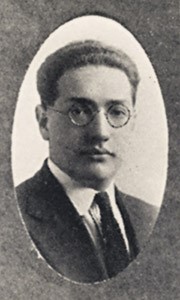
Rothko while at Yale
At the end of a year spent studying the history of philosophy and psychology, Rothko had achieved only mediocre results, and his scholarship was rescinded and replaced with a student loan. Rothko biographer Annie Cohen-Solal indignantly asks:
How could a young man of eighteen years—the image of a 1920s intellectual, with a high forehead, an intense gaze behind round glasses, and a combed-back mass of wavy black hair—who entered with such enthusiasm into Yale, this temple of knowledge, so severely flounder there? Why would this voracious student, craving intellectual debates, so confident in his abilities after a string of successes in Portland, completely fail to find his place at this elite university?[29]
Her predictable answer: the ubiquitous anti-Semitism Rothko supposedly confronted at a Yale dominated by an “inaccessible club of young WASPs.”[30] Cohen-Solal claims that Rothko quickly became a pariah after his arrival in New Haven, and was “stigmatized precisely because he was bright.” He quickly learned that “the Yale social system was based more on breeding than on merit,” while also discovering “the cynicism and hypocrisy of the caste-based micro-society that sought to protect and reproduce itself, in particular by excluding new, upwardly mobile immigrants who, in those years of rampant nationalism, were deemed threatening to the system.”[31] By thwarting his entry into its exclusive society, Cohen-Solal accuses Yale of having unforgivably “hampered the development of the identity of the young prodigy from Dvinsk.”[32]
Rothko lived off-campus with relatives in New Haven, and launched a radical underground newspaper called The Yale Saturday Evening Post “which took aim at the college’s teaching methods and fetish for prestige.”[33] He discovered his artistic calling by chance. One day, in 1923, he visited a friend studying drawing at the Art Students League and decided “It is the life for me.” He dropped out of Yale after his second year, and moved to New York where he took some art courses. According to Cohen-Solal, it was little wonder he elected to become a painter: “Socially, he was a rebel who, after enduring a series of setbacks, had developed a precocious political awareness as well as a desire for revenge. To pursue a career in art meant, for him, joining a professional group of outcasts with which he could identify.”[34] Rothko would return to Yale 46 years later—when the WASPs had been overthrown and his own ethnic group was firmly in charge—to receive an honorary degree.
Rothko relocated to New York in 1925 and remained there for the rest of his life, becoming involved with Jewish institutions and close to various Jewish artists. He enrolled in the New School of Design where Arshile Gorky (not Jewish) became one of his instructors and cubist artist Max Weber, a fellow Russian Jew, became one of his mentors. In 1928, he was invited to participate in a group show at New York’s Opportunity Gallery, with Lou Harris and Milton Avery — a self-taught painter connected to Brooklyn’s Jewish community through his wife — who mentored various Jewish artists including Adolph Gottlieb, Barnett Newman, Joseph Solman, and Louis Schanker.[35] Rothko also gained experience by drawing maps and illustrations for the Graphic Bible by Lewis Browne, a retired rabbi from Portland who was a best-selling author. When he saw he wasn’t credited for these works, he sued Browne for $20,000 in damages. In the end, he lost the trial.[36]
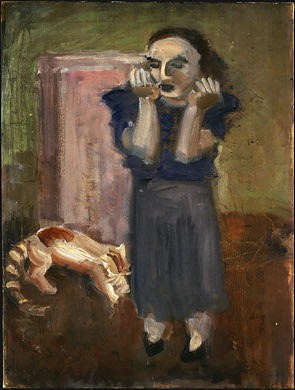
Early Rothko painting: Woman and Cat (1933)
Despite all this activity, when the Wall Street crash came in 1929, followed by the Great Depression, Rothko had little to show for his decade in New York. He was exhibited but rarely sold, and when it did, it was not a living. Between 1928 and 1939, one exhibition followed the next, but his works—oils, watercolors, and paintings on paper—sold poorly. In the meantime he had married Edith Sachar, “bright and Jewish, whom he had met at a progressive summer camp at Lake George in the Adirondacks: downing dialectical materialism, Freud and Cubism along with the weak coffee.”[37]
[1] Klaus Ottmann, The Essential Mark Rothko (New York, NY: Harry N. Abrams, 2003), 8.
[2] Klaus Ottmann, The Essential Mark Rothko (New York, NY: Harry N. Abrams, 2003), 8.
[3] Simon Schama, Simon Schama’s Power of Art, BBC TV Series, Great Britain, 2006.
[4] Annie Cohen-Solal, Mark Rothko, Toward the Light in the Chapel (New Haven CT: Yale University Press, 2015), 207.
[5] 78
[6] J.E.B, Breslin, Mark Rothko: A Biography (Chicago: University of Chicago Press, 1998), 14.
[7] Ibid., 15.
[8] Ibid., 19-20.
[9] Cohen-Solal, Mark Rothko, 15.
[10] Schama, Simon Schama’s Power of Art TV Series.
[11] Jacob Baal-Teshuva, Rothko (Cologne, Germany: Taschen, 2009), 19-20.
[12] Ibid.
[13] Ottmann, Essential Mark Rothko, 17.
[14] Jerry Z. Muller, J.Z. (2010) Capitalism and the Jews (Princeton NJ: Princeton University Press, 2010), 96.
[15] Cohen-Solal, Mark Rothko, 26.
[16] Baal-Teshuva, Rothko, 20.
[17] Kevin MacDonald, The Culture of Critique: An Evolutionary Analysis of Jewish Involvement in Twentieth‑Century Intellectual and Political Movements, (Westport, CT: Praeger, Revised Paperback edition, 2001), 82.
[18] Baal-Teshuva, Rothko, 23.
[19] Norman Cantor, The Sacred Chain – The History of the Jews (New York: HarperCollins, 1994), 281.
[20] Simon Schama, Simon Schama’s Power of Art, BBC Books, London: BBC Books, 2006), 401-2.
[21] Schama, Simon Schama’s Power of Art TV Series.
[22] Cohen-Solal, Mark Rothko, 35; 30.
[23] Schama, Simon Schama’s Power of Art, 402.
[24] Cohen-Solal, Mark Rothko, 30
[25] Ibid., 38.
[26] Schama, Simon Schama’s Power of Art, 402.
[27] Baal-Teshuva, Rothko, 23.
[28] Cohen-Solal, Mark Rothko, 45.
[29] Ibid., 39.
[30] Ibid., 45.
[31] Ibid., 42-3.
[32] Ibid., 43.
[33] Baal-Teshuva, Rothko, 23.
[34] Cohen-Solal, Mark Rothko, 56
[35] Ibid., 57.
[36] Baal-Teshuva, Rothko, 24.
[37] Schama, Simon Schama’s Power of Art, 405.


